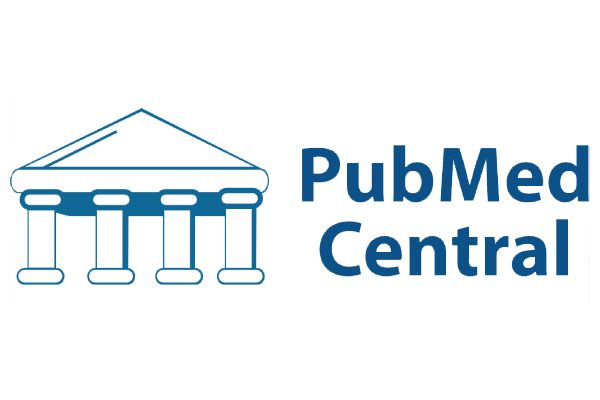by Charles D. Cash, JD, LLM
Mr. Cash is Associate Director of Risk Management at Professional Risk Management Services (PRMS).
FUNDING: No funding was provided for the preparation of this article.
DISCLOSURES: The author is an employee of PRMS. PRMS manages a professional liability insurance program for psychiatrists.
Innov Clin Neurosci. 2025;22(4–6):44–45.
This ongoing column is dedicated to providing information to our readers on managing legal risks associated with medical practice. We invite questions from our readers. The answers are provided by PRMS (www.prms.com), a manager of medical professional liability insurance programs with services that include risk management consultation and other resources offered to health care providers to help improve patient outcomes and reduce professional liability risk. The answers published in this column represent those of only one risk management consulting company. Other risk management consulting companies or insurance carriers might provide different advice, and readers should take this into consideration. The information in this column does not constitute legal advice. For legal advice, contact your personal attorney. Note: The information and recommendations in this article are applicable to physicians and other healthcare professionals so “clinician” is used to indicate all treatment team members.
In Part 1 of this series, you had just been served with notice of a lawsuit. The first two steps of the litigation process, the summons & complaint and the answer, were described. Important risk management tips were offered, including:
- Contacting your professional liability insurance company right away;
- Not discussing your case with anyone other than your attorney and professional liability insurance company representative; and,
- Not making any alterations to your records.
- In this article, we will cover the next three parts of the litigation process: discovery, whether to settle or defend, and motions.
The Litigation Process: Discovery
Discovery is the pre-trial process by which the plaintiff and defendant obtain facts and information about the case from each other and conduct an investigation in order to fully ascertain the facts and to further develop the legal theories involved in the case. There are two important tools of discovery, interrogatories and depositions.
Interrogatories are written questions from one party to another party. The parties’ attorneys may assist in preparing the answers to interrogatories and can object to improper interrogatories.
A deposition is a formal question and answer session in which one party’s attorney asks questions of the other party—or other witnesses—under oath. Depositions are usually conducted in an attorney’s office with a stenographer or court reporter recording the questions and answers. Depositions may also be videotaped. The purpose of a deposition is two-fold: to discover additional information and to preserve the testimony for use at trial.
The party who is being deposed (the deponent) will be represented at the deposition by their attorney, who may object to inappropriate lines of questioning and to questions about issues deemed irrelevant to the case.
Risk Management Tips
- Provide specific information about the treatment of the patient and forward copies of treatment records and other documents requested by your defense attorney. This will assist in the development of your defense by allowing experienced individuals to analyze the information and obtain expert opinions.
- Be honest and candid with your defense attorney. Honesty and candidness allow your defense attorney to review the facts in their entirety and prepare a defense.
- Follow your defense attorney’s guidance in responding to interrogatories and deposition questions.
- It is essential to prepare and review your deposition testimony with your defense attorney. The plaintiff’s attorney will be reviewing your transcribed testimony for any inconsistency in testimony, so preparation and honesty are essential for a successful deposition.
Frequently Asked Question
Q: I’ve been asked to give up an entire day to sit in a deposition. Can I bill the other side for my time?
A: Unfortunately, no. Being a defendant in a lawsuit is time-consuming, and it will be very difficult to get through the entire process without having to give up time during work hours. Some professional liability insurance policies provide for reimbursement of expenses for appearance at a deposition. You may wish to check with your professional liability insurance carrier to see if this coverage is available to you.
The Litigation Process: Settle or Defend
While everyone envisions a big courtroom drama when they hear the word “lawsuit,” in fact, the vast majority of cases are either dismissed or settled out of court. Once the discovery process is concluded (or sometimes prior to this time), a decision will be made whether to defend the case or to settle the matter before trial. Many considerations will go into this decision: whether the facts are favorable to the defendant clinician, whether there are experts who will support the defendant clinician’s actions, the likelihood of winning at trial, etc. Your defense attorney and professional liability carrier will guide you through this decision.
The Litigation Process: Motions
A motion is a request to the court for an order or ruling on some aspect of the case. Motions help to narrow or reduce the number of issues under consideration and to preserve a record for appeal. For example, a motion in limine is a very common pre-trial motion in malpractice cases. This type of motion is a request to the court to prohibit opposing counsel from referring to or offering certain evidence at trial which the requesting party claims is prejudicial, irrelevant, inadmissible, etc. If the court does not grant the motion, the requesting party may allege in an appeal that improper evidence was allowed to be presented to the jury at trial.
In Part 3, we will cover jury selection, opening statements, and examination of witnesses.



